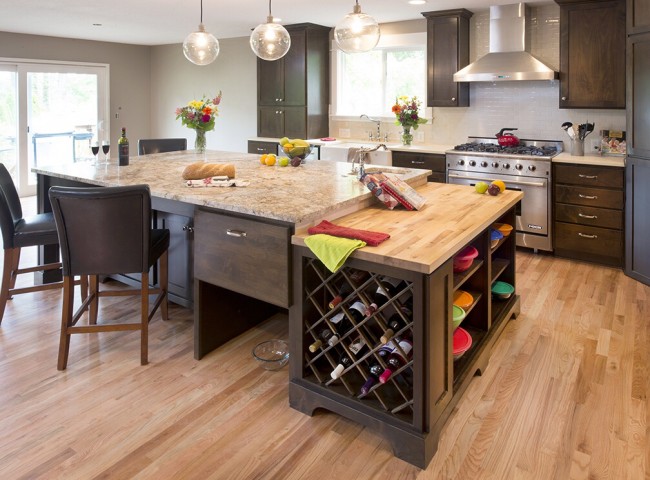
For a true wine enthusiast, storing wine properly is about as important as choosing the right bottle. Even the most expensive bottle will turn bad if exposed to fluctuating temperatures, humidity, or excessive light. A wine cabinet is essential, and picking the right wine storage cabinet can be tricky. There are many brands and styles out there, and they all promise to do the job, but not all wine cabinets are alike.
Even for the occasional wine drinker, you need somewhere to put your wine and protect it in a way to keep it from spoiling. The most basic (and often problematic) storage is a standard wine rack, an open air rack that allows the wine to act as a part of your decor, while also having the added benefit of keeping it angled so that the wine rests against the cork, keeping the cork from drying out. These wine racks are often put in the kitchen, the pantry, or, worse, near or on top of a refrigerator. This type of storage is only adequate if the wine you drink is inexpensive and you do not keep any of your bottles for more than a few weeks, because in short time, the changes in temperature, light, and humidity will ruin your wine.
Wine Storage Options
A proper wine cabinet is essential in keeping the storage temperature and humidity at least relatively steady. There are many ways to do this. The easiest and least expensive is to store your wine in a part of the house where the temperature does not often change, like a temperature-regulated basement or cellar. But if this space is not a wine cellar specifically designed for this purpose, it will likely only protect your wine to a limited extent. The next step up brings you to a wine cabinet with a cooling system. There are many variations and qualities among these wine cabinets, but, as is usually the case, you get what you pay for. Inexpensive wine storage cabinets are distinguished by poor construction. Cheap cabinets use door hinges rather than refrigerator-duty hinges and have thin wall construction. Both of these problems create airy seals that allow temperatures inside to fluctuate.
Wine Storage Conditions
Wine continues to mature and gain body and flavor after it has been bottled. Most fine wines are bottled young, with the expectation that you will allow it to further age in the bottle. Proper care during this time, or simply during the time between buying and drinking, means that you will have to regulate light, humidity, temperature, and stability. Making sure that you keep your wine stable and away from excessive light is the easy part. It is often the humidity and temperature that ruin a good wine. The optimal temperature for storing red wine is 50-55°F (or 10-16°C) while the best temperature for white wine is 45-50°F (7-13°C). There is more of a science to it than that of course, for the professional, with sparkling whites stored down to 43°, sweeter whites at 50°, light reds at 50°, and the richest reds at 65°, but the most basic wine cabinets tend to store wines at about 50-55°. Humidity is the same from wine to wine, with the optimal humidity in the 50% to 75% range. Both of those ranges are perfectly adequate.
Wine Cabinet Design
Wine cabinets are designed in just about every shape and style. You can find wine cabinets made from wood, glass, metal, or just about anything else you desire. Often, people choose the design to fit the location they would like to keep their wine. These cabinets can become a fine accent to any home, working as a part of the interior design of a living room, dining room, or kitchen. With the choices out there, the design is easy. And in the end, you will find that you aren’t left with your guests cringing from the taste of what should have been a very fine bottle of wine.
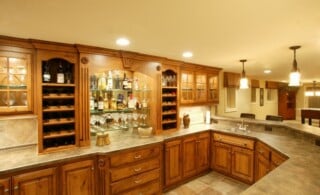 Liquor Cabinets
Liquor Cabinets 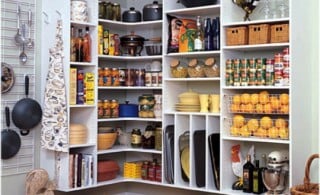 The Lifehacker’s Ultimate Guide to Room-by-Room Organization
The Lifehacker’s Ultimate Guide to Room-by-Room Organization 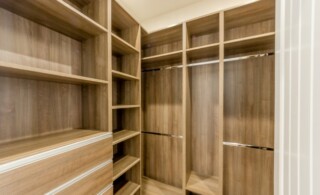 Make the Most of your Space with a Custom Closet
Make the Most of your Space with a Custom Closet 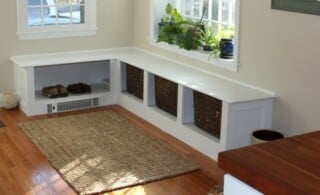 Stackable Bins Increase Your Home Storage
Stackable Bins Increase Your Home Storage 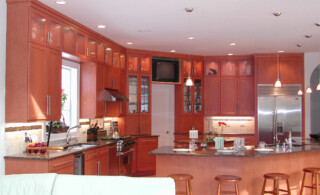 Go Euro with a Frameless Cabinet
Go Euro with a Frameless Cabinet 

Are You Familiar With This Topic? Share Your Experience.